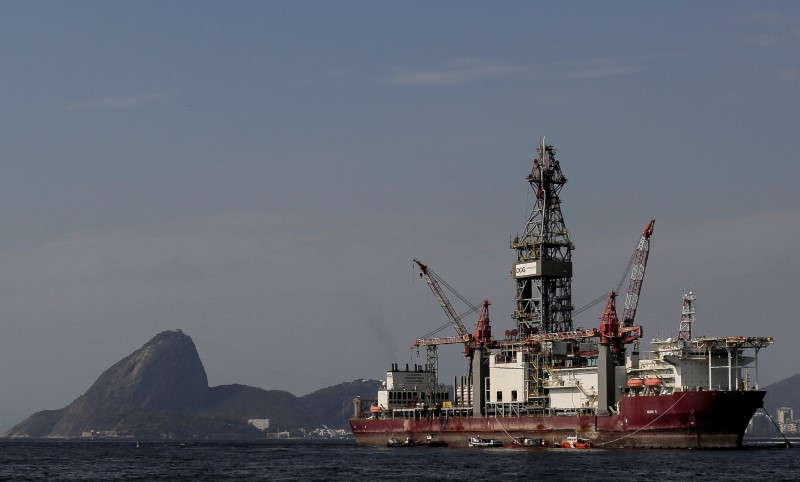By Henning Gloystein
SINGAPORE (Reuters) - Oil prices on Friday slipped away from December-2014 highs reached the previous day.
Although analysts and traders have been warning of the risks of a downward price correction since the start of the year, they point out that overall market conditions remain strong, largely due to ongoing production cuts led by the Organization of the Petroleum Exporting Countries (OPEC) and Russia.
U.S. West Texas Intermediate (WTI) crude futures (CLc1) were at $63.41 (46.80 pounds) a barrel at 0650 GMT - 29 cents, or 0.6 percent, below their last settlement. WTI the day before hit its strongest since late 2014 at $64.77 a barrel.
Brent crude futures (LCOc1) were at $69.11 a barrel, down 15 cents, or 0.2 percent, from their last close. Brent also marked a December-2014 high the previous day, at $70.05 a barrel.
Traders said relatively weak China December oil data had weighed on prices. China's crude oil imports in December eased to 33.7 million tonnes (7.97 million barrels per day), versus 37.04 million tonnes in November, customs data showed on Friday.
Meanwhile, its December oil products exports hit a record 6.17 million tonnes, as refiners churn out more fuel than even thirsty China can absorb.
This has contributed to a fall in Singapore refinery profit margins
As a result, some refiners have already scaled back their output, reducing demand for feedstock crude.
An expected rise in U.S. oil production
Despite the lower prices on Friday, many analysts expect crude markets to remain firm this year, especially due to the OPEC-led production cuts.
"OPEC has acted successfully to reduce the inventory overhang and demand growth remains robust in the short term," said Sanjeev Bahl, analyst at Edison Investment Research in a 2018 outlook.
The production cuts started in January last year and are set to last through 2018.
"There is potential for oil prices to move higher as inventories normalise," Bahl said.
U.S. commercial crude oil inventories
That's slightly below the five-year average of just over 420 million barrels.
Fuel price hedging company Global Risk Management said in its 2018 outlook that "the likelihood of elevated oil prices this year seems imminent", largely due to the ongoing supply cuts led by OPEC and Russia as well as political risk especially in Iran, Venezuela and Libya.

Taking into account price supportive and pressuring factors, a market survey of over 1,000 energy professionals conducted by Reuters in January showed crude oil price expectations clustered in a range of $60-$70 per barrel for 2018.